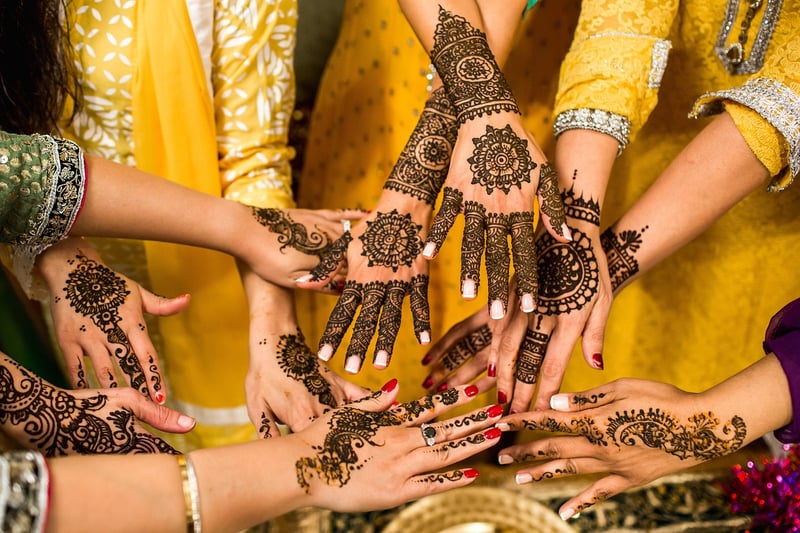Cultural Customs
Master the Art of Dining: Cultural Customs Around the World
Exploring different cultures through their dining customs can be a fascinating journey. Whether you are a seasoned traveler or simply curious about global traditions, understanding dining etiquette from around the world can enhance your dining experiences and help you navigate unfamiliar culinary landscapes with ease.
Asia
In many Asian countries such as Japan and China, it is customary to slurp your noodles as a sign of enjoyment. This practice is seen as a compliment to the chef. Additionally, in countries like India and Thailand, it is common to eat with your hands, emphasizing the intimate connection between food and the senses.
Image source: Asian Noodles

Europe
European dining customs vary widely across the continent. In France, it is customary to keep your hands on the table at all times during a meal, while in Italy, burping after a meal is considered a compliment to the chef. In Spain, it is typical to have a long lunch break and enjoy a siesta before returning to work.
Image source: European Tapas

Africa
In many African countries, communal dining is a common practice where food is shared from a central dish. In Ethiopia, the traditional way of eating involves using injera, a spongy flatbread, to scoop up various stews and dishes. This communal style of dining fosters a sense of unity and togetherness.
Image source: Ethiopian Cuisine

The Americas
In the United States, tipping is a customary practice in restaurants to show appreciation for good service. In Brazil, it is common to leave a small amount of food on your plate to indicate that you are full, whereas finishing your plate may suggest that you are still hungry and would like more.
Image source: American Dining

By immersing yourself in the dining customs of different cultures, you not only expand your culinary horizons but also gain a deeper understanding of the traditions and values that shape societies around the world. So, the next time you sit down for a meal, remember that dining is not just about food—it's a celebration of culture and community.
